
I needed to know the airplane’s exact performance prior to the long overwater legs ahead. The back seats were filled with survival suits, rafts, and even a hand-crank fuel pump for fueling the airplane in Northern Canada. I was northbound to Milwaukee— one of my favorite overnight stops before launching into Canada.
Though I’m not much for superstition, I do have rituals. In fact, most ferry pilots have rituals. My ritual involved having a tomato-bisque dinner prior to the first day over water. The next morning, I would don my survival suit and cross an icy Lake Michigan on the way to Sault Ste. Marie, Canada.
Ferry flying has always been one of aviation’s most mysterious and thrilling career paths. I receive questions from people all the time wondering how to become a ferry pilot and how to prepare themselves for long-distance flights. My answers are usually the same: planning, knowledge and precision. Although you may not be taking an exotic airplane to an exotic location, the same skills I’ve learned on ferry flights can also apply to a new private pilot. Because of my exposure to far-northern climates, I’ve learned a lot of lessons from ferry flying that could help prepare pilots for the adventures of winter flying.
This story is from the November 2019 edition of Flying.
Start your 7-day Magzter GOLD free trial to access thousands of curated premium stories, and 8,500+ magazines and newspapers.
Already a subscriber ? Sign In
This story is from the November 2019 edition of Flying.
Start your 7-day Magzter GOLD free trial to access thousands of curated premium stories, and 8,500+ magazines and newspapers.
Already a subscriber? Sign In
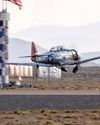
The Temple of Speed
Reno entices even this altitude-oriented pilot.

Flat Sixes
Fanatical artisans
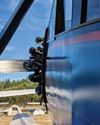
Blue over Green, Tent in Between
I’m old , I’m cranky. Why do I keep air-camping?
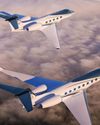
Gulfstream Reveals G400, G800
The product lineup gains large-cabin and ultralong-range mounts.
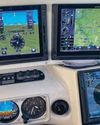
Every Airplane Requires a Checkout
Embrace the challenge of mastering a new machine.
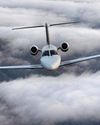
Fuhggedaboutit
Fifty-plus years of f lying forgetfulness
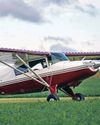
THE MAULE FAMILY APPROACHABLE AIRCRAFT
Choose your mount —the Maules do it all.
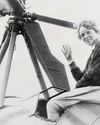
Sisters
“ Women certainly have the courage and tenacity required for long flights.” —Mildred Doran
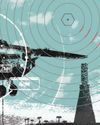
INSIDE OUT OR OUTSIDE IN?
What kind of pilot should you be?
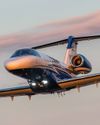
WE FLY: CESSNA CITATION CJ4 GEN2
THE FLAGSHIP CJ JUST GOT A WHOLE LOT BETTER.